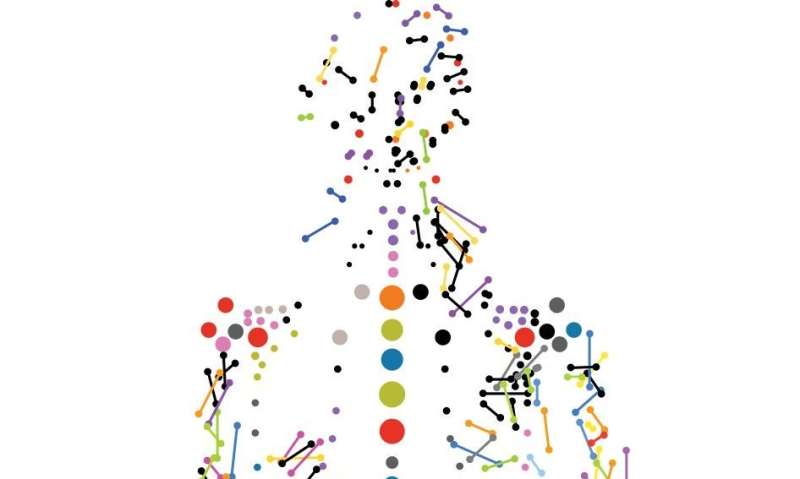Big data helps identify better way to research breast cancer's spread

Scientists are using a lot of genomic data to identify medical issues sooner in patients, but they're also using it to assist their scientific counterparts in researching diseases better.
In a new study, Michigan State University researchers are analyzing large volumes of data, often referred to as big data, to determine better research models to fight the spread of breast cancer and test potential drugs. Current models used in the lab frequently involve culturing cells on flat dishes, or cell lines, to model tumor growth in patients.
The study is published in Nature Communications.
This spreading, or metastasis, is the most common cause of cancer-related death, with around 90% of patients not surviving. To date, few drugs can treat cancer metastasis and knowing which step could go wrong in the drug discovery process can be a shot in the dark.
"The differences between cell lines and tumor samples have raised the critical question to what extent cell lines can capture the makeup of tumors," said Bin Chen, senior author and assistant professor in the College of Human Medicine.
To answer this question, Chen and Ke Liu, first author of the study and a postdoctoral scholar, performed an integrative analysis of data taken from genomic databases including The Cancer Genome Atlas, Cancer Cell Line Encyclopedia, Gene Expression Omnibus and the database of Genotypes and Phenotypes.
"Leveraging open genomic data to discover new cancer therapies is our ultimate goal," said Chen, who is part of MSU's Global Impact Initiative. "But before we begin to pour a significant amount of money into expensive experiments, we need to evaluate early research models and choose the appropriate one for drug testing based on genomic features."
By using this data, the researchers found substantial differences between lab-created breast cancer cell lines and actual advanced, or metastatic, breast cancer tumor samples. Surprisingly, MDA-MB-231, a cancer cell line used in nearly all metastatic breast cancer research, showed little genomic similarities to patient tumor samples.
"I couldn't believe the result," Chen said. "All evidence pointed to large differences between the two. But, on the flip side, we were able to identify other cell lines that closely resembled the tumors and could be considered, along with other criteria, as better options for this research."
The organoid model was found to most likely mirror patient samples. This newly developed technology uses 3-D tissue cultures and can capture more of the complexities of how tumors form and grow.
"Studies have shown that organoids can preserve the structural and genetic makeup of the original tumor," Chen said. "We found at the gene expression level, it was able to do this, more so than cancer cell lines."
However, Chen and Liu added that both the organoids and cell lines couldn't adequately model the immediate molecular landscape surrounding a tumor found at different sites in the body.
They said knowing all these factors will help scientists interpret results, especially unexpected ones, and urge the scientific community to develop more sophisticated research models.
"Our study demonstrates the power of leveraging open data to gain insights on cancer," Chen said. "Any advances we can make in early research will help us facilitate the discovery of better therapies for people with breast cancer down the road."
More information: Nature Communications (2019). DOI: 10.1038/s41467-019-10148-6


















